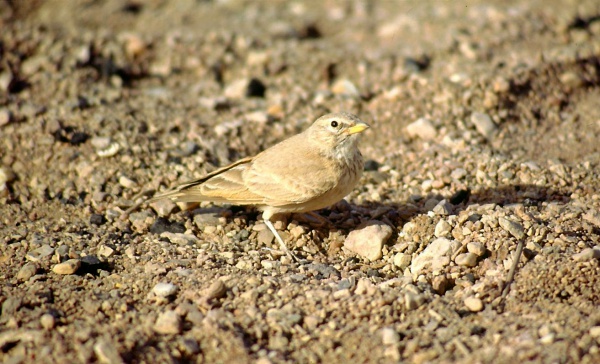Facts About Desert lark
The desert lark, known scientifically as Ammomanes deserti, is an intriguing bird native to the deserts and semi-deserts spanning from Morocco to western India. Remarkably, it thrives in these harsh environments. Surveys indicate its population is gradually increasing and spreading, prompting the International Union for Conservation of Nature (IUCN) to classify it as "least concern" in terms of conservation status.
Initially, scientists classified the desert lark under the genus Alauda, but it was later reassigned to Ammomanes. It is also commonly referred to as the desert finch lark or sand lark. There are twenty-two recognized subspecies, each inhabiting distinct geographical regions.
Desert larks are medium-sized birds, distinguished by their large heads and long bills. The coloration of their plumage varies among subspecies. Typically, these birds are either solitary or found in small groups, favoring habitats with uneven terrain that features some vertical elements. Although they do not migrate, they do move around locally within their arid, rocky environments.
Regarding reproduction, desert larks are notably territorial. They construct their nests on the ground, often sheltered by vegetation or stones to shield them from the harsh sun and potential predators. Their diet primarily consists of seeds and insects, with an increased consumption of insects during the breeding season.
One of the most distinctive attributes of the desert lark is its song, often described as mournful yet unique. The bird's vocalizations can vary depending on the context, further enhancing its appeal.

 Afghanistan
Afghanistan